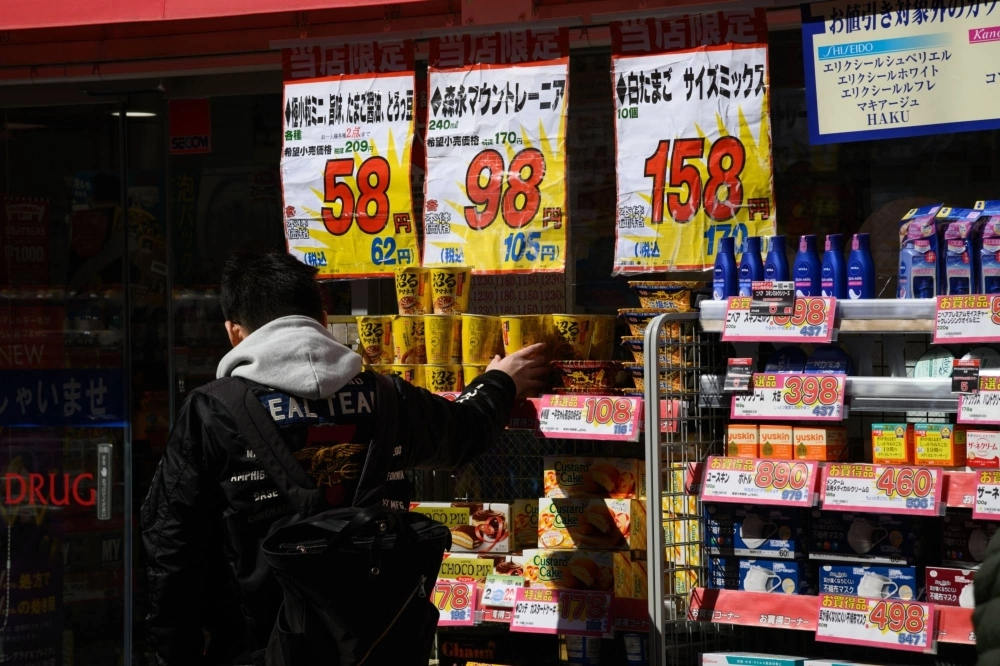Japan’s households have continued to cut back on spending as sticky inflation discouraged discretionary outlays.
Outlays decreased 0.5% in February from a year ago, sliding for a 12th consecutive month, the internal affairs ministry reported Friday. The decline narrowed from a 6.3% drop in the previous month and compared with economists’ forecast of a 2.9% retreat. Spending rose 1.4% from a month earlier, the first advance since September.
Friday’s results show the impact of persistent price increases on spending patterns. The key nationwide gauge for consumer inflation has hovered at or above the Bank of Japan (BOJ)’s 2% target for almost two years. Even with workers having achieved large pay gains last fiscal year, real wages have fallen for 22 consecutive months, with data due Monday expected to show the downward trend extending for another month.

















With your current subscription plan you can comment on stories. However, before writing your first comment, please create a display name in the Profile section of your subscriber account page.